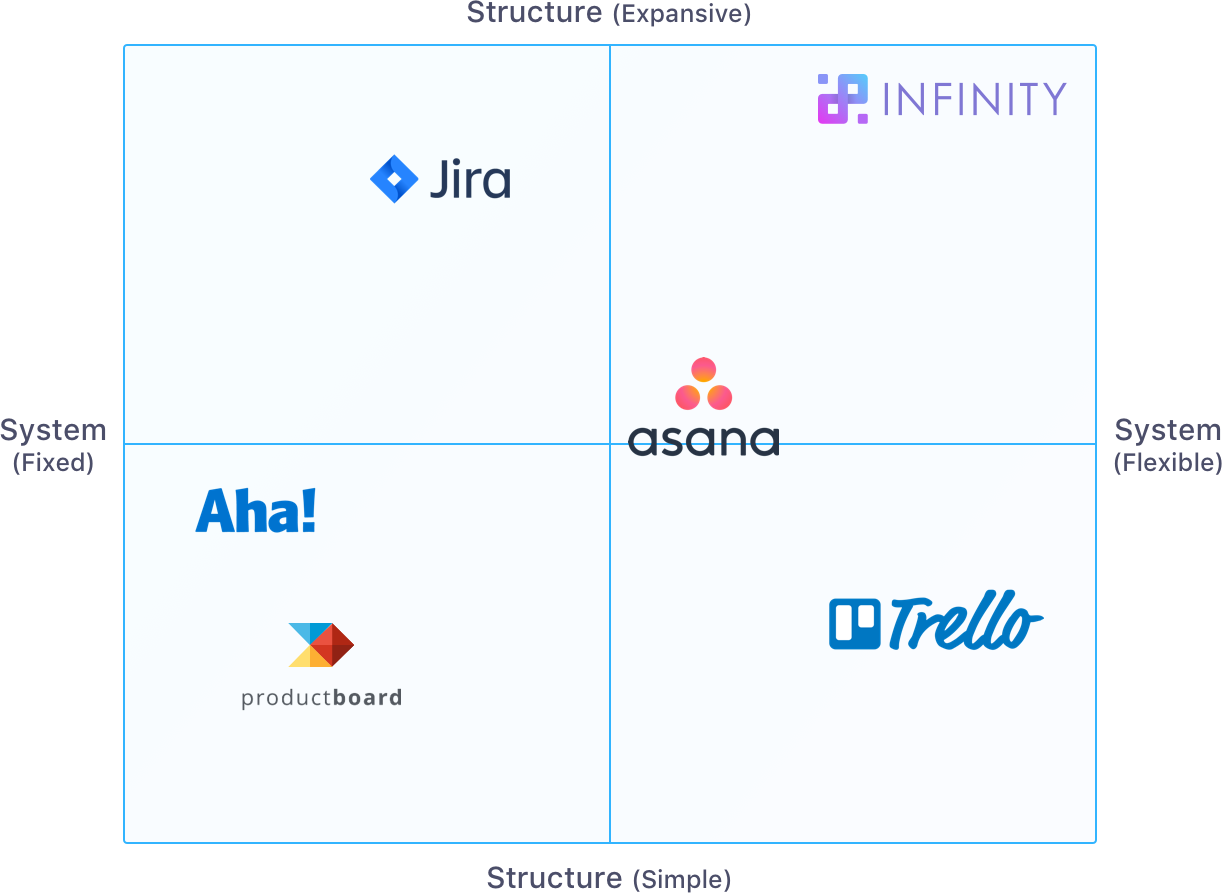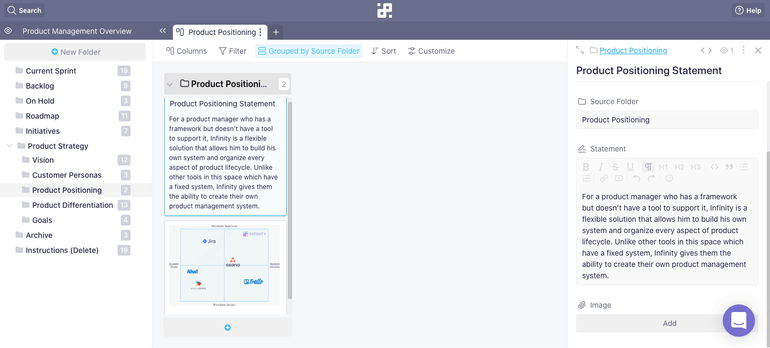Product Positioning - How Your Product Fits in the Market
The next step in your product strategy is product positioning.
Product positioning means defining where your product fits in the marketplace. So rather than changing the product itself, positioning represents the messaging — how you want your audience to perceive your product.
To be able to position your product, you will need to determine your target market first, which we explained in the previous chapter. Only after you have defined your target market, you’ll be able to figure out what kind of message you want to send to them, and the best channels for sending it.
Once you know the group of people you’re creating the product for and once you have your customer persona(s), you’ll be able to translate their core values and needs into the product benefits that will sound most appealing to them. And you’ll be able to create a message that resonates with them.
However, there is one important detail you need to keep in mind. No matter how you position your product, you need to make sure to deliver on the promise. Because at the end of the day, positioning is not what you say about your product, it’s how your audience perceives it.
If you have several audience segments, you will also need to adjust your messaging, since different audience segments may see different benefits from your product. Aside from that, you’ll need to adjust your messaging depending on the channel you’re using. For example, your style will have to be completely different when sending an email, writing a Facebook post, or creating a banner.
Creating Your Product Positioning Statement
Ultimately, your positioning statement should define your target audience, the unique features that set your product apart from the competition, and the benefits that the users will have from it. According to the famous organizational theorist and management consultant, Geoffrey Moore, a product positioning statement formula should look something like this:
For (target customer) who (has a specific problem or a need), our product is a (product category) that (provides this key benefit/solves this problem/fulfills this need). Unlike (primary competitive alternative), our product (provides this unique value).
For Infinity, this statement could translate to:
For a product manager who has a framework but doesn’t have a tool to support it, Infinity is a flexible solution that allows them to build their own system and organize every aspect of the product lifecycle. Unlike other tools on the market that provide a fixed system, Infinity gives the user the ability to create their own product management system.
Don't forget that product positioning is all about crafting a compelling message that resonates with your target audience. Once you do that, it will serve as the foundation for your product management strategy.
Product Positioning Matrix
To help you visualize your product compared to your competitors, it is a great idea to create a product positioning matrix. By using this method, you will be able to realize which product aspects are the most valuable in your product and how this makes your product stand out from the rest.
The product positioning matrix should have two axes, both representing an important value in your market. Quality and price are the most common ones, but you can use any other values that are relevant to your product. In the example of Infinity, the product positioning matrix looks like this:

How to Define Product Positioning in Infinity
Just like all other parts of your product strategy, product positioning should also be visible for you and your team at all times. That's why it's important to include it in your product management framework.
If you use the Product Management template, it’s pretty simple to add product positioning to your strategy by following the steps below.

Here's how to add your product positioning in Infinity:
- Step 1: Open the Product Positioning subfolder located in the Product Strategy folder.
- Step 2: Replace the product positioning statement from the first column with your own.
- Step 3: Before you create a visual product positioning matrix (like the one we mentioned before), you'll need to define the main categories and main competitors you want to include. So in this step, choose 5-10 main competitors and pick the two axes. In our example, the values are Structure (Expansive - Simple) and System (Flexible - Fixed).
- Step 4: Replace the sample product positioning matrix with your own. Click this item and find the Image attribute to replace the sample image with a new one.
Even if you don’t use Infinity, you can preview this template directly from the browser to get samples of product positioning and the product positioning matrix.
How to Define Your Target Market and Customer Persona


Product Management

Lifetime Discount Is Waiting
Enjoy 50% off the Unlimited White Label plan. All features, unlimited users, and full white label access — one fixed price for life.
Get the Special Offer






